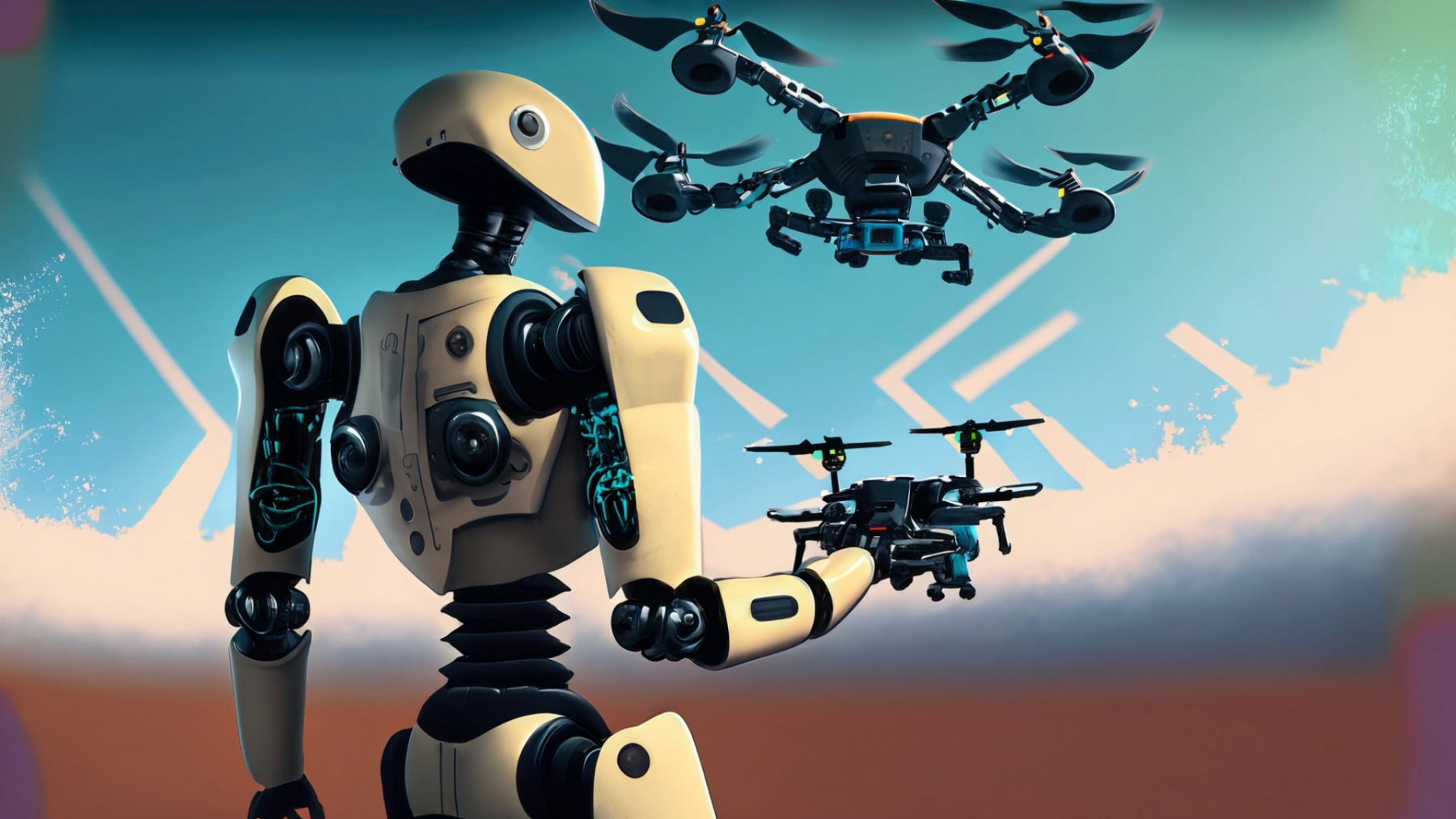
Sensor Integrated Movement (Planning): Part 9 of 10
by William Blevins
In this lesson students will think back on all of the coding skills they have learned and will plan out their code to fly their drone through their maze based on sensor feedback. It is important that code be studied and tested before deployed to the drones as broken hardware is not evidence of proper stewardship of resources. All student groups will present their plan for navigating their different mazes and will have opportunities for feedback and revision based on given feedback to hopefully help avoid any catastrophic issues that can be easily anticipated.
This is lesson 9 of 10 from the coding drones lesson sequence.
Lesson Plan Link/URL
https://docs.google.com/presentation/d/1SM2fmC-yz2Wk1S1FgZsUSrjM-eyuvzyq/edit?u…Related Content

Grades:
7th Grade, 8th Grade, 9th Grade, 10th Grade, 11th Grade, 12th Grade
This lesson is a whole unit on energy. It can be broken up into 10 separate lessons. I chose to put them all together so that it was easier to see how I organized them so you did not have to search

Grades:
7th Grade, 8th Grade, 9th Grade, 10th Grade, 11th Grade, 12th Grade
Students will apply principles of design, engineering, and mathematics to create a physical or digital labyrinth inspired by the myth of Theseus. This project integrates STEM concepts with literature

Grades:
7th Grade, 8th Grade, 9th Grade, 10th Grade, 11th Grade, 12th Grade
This is a lesson where students will learn about the sensors that are integrated into their drones and how students can get a live feed of information from these sensors to aid in autonomous decision

